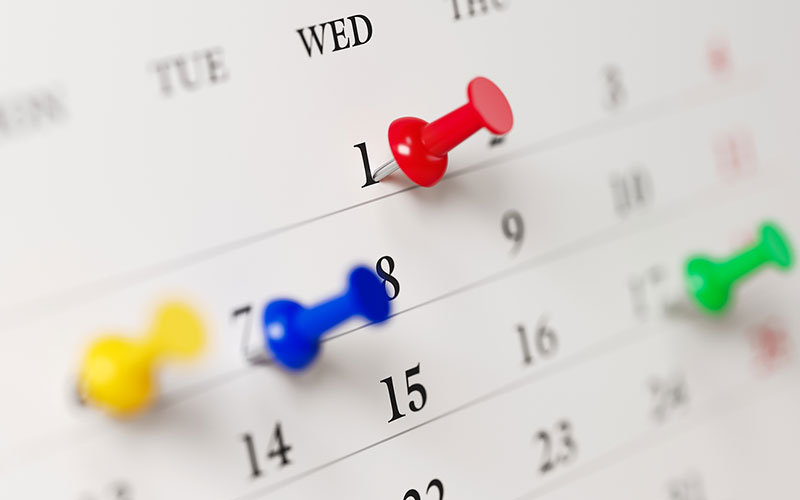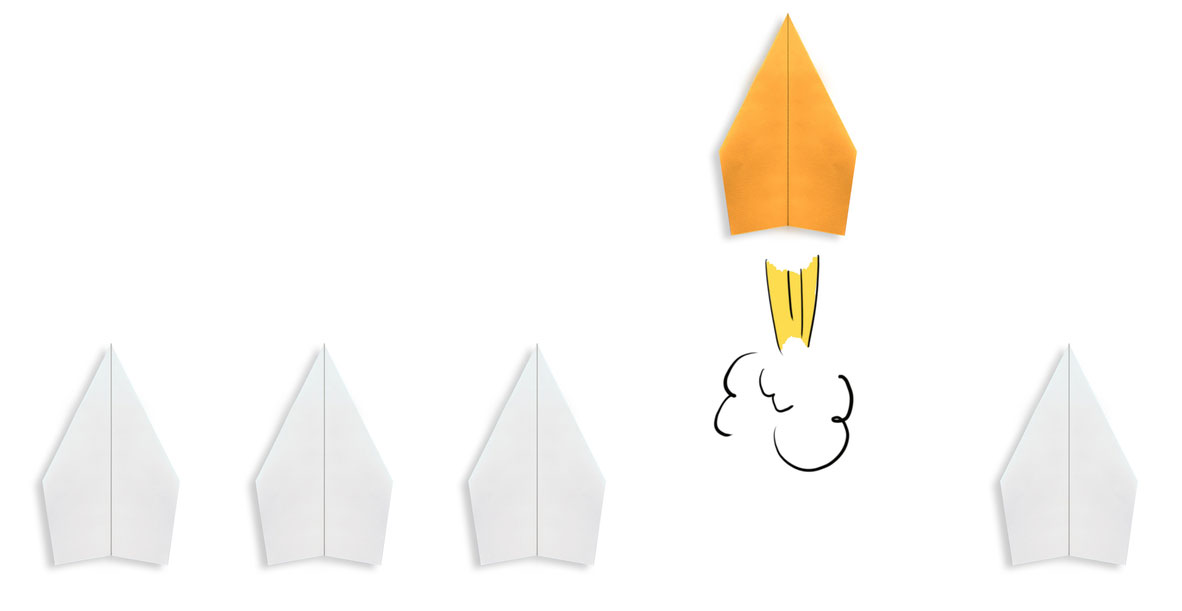A content calendar is one of the most vital parts of your content marketing plan. Building a content calendar, however, is just the start. Your content has to be relevant and compelling to attract your target market and encourage conversions.
So, how can you make your content irresistible?
First, back to the basics.
Why You Need a Content Calendar
Remember those times when you hustled to write content for a new product that launched the next week? Or what about that event email campaign you almost forgot about?
There’s a lot to juggle when it comes to content creation. And without a hub that tracks everything, stuff will fall through the cracks.
But it doesn’t have to be that way. You could get ahead of your content strategy by building a content calendar. There are many advantages to using a content calendar that can improve the quality of your content. It will keep you focused, consistent, and improve internal communication.
As content marketers, you spend a lot of your time being creative. But you can’t forget about workflows and deadlines. Make it easier on your entire team with a content calendar—one that’s accessible to all stakeholders. It becomes the home to all your content marketing efforts.
To build a content calendar, you first have to choose a content marketing platform that has the features and functionality you desire. Not sure what’s possible with content calendars?
At a minimum, look for the following content calendar features:
- Organize by team, region, business unit, or other classification
- Manage shared and private calendars
- Filter by category, keyword, team member, or other search term
- Manage by task, asset, or campaign
- Send notifications to impacted parties when something is updated or changed
Once you have your tool ready, it’s now time to create a content calendar that promotes conversions. Here are 4 tips to do just this.
1. Define Your Goals
Just putting out content for content’s sake isn’t going to lead to conversions. You need a goal in mind for your content. Determining your content’s goals can be broad or granular. Ultimately, your goal is a conversion, but it’s not that simple.
Most buyers consume multiple pieces of content before engaging. According to a study by Google, 88% of consumers research before they buy, consuming an average of 10.4 pieces of content. Thus, it’s not a linear line from a prospect reading a piece of content and immediately converting.
So, when considering your goals, break it down according to a buyer’s journey. Think about what leads to a conversion. Does a prospect sign up for your newsletter or follow you on social media before they are actually ready to talk about doing business with you?
You should have primary and secondary goals for your content calendar and then develop content to help you meet these goals. For example, if a high-quality conversion for your business is a download of a gated asset like an eBook, be sure to include it as a CTA in associated blogs and promote it consistently on social media profiles.
2. Determine Your Content and Post Frequency
One of the most important parts of using content to drive conversions is being consistent. So, you need to determine how much content you will produce per month for each channel, and how many times you’ll post per week/day on social media.
With these guidelines in place, you can focus on developing the actual content you need to meet these goals. You may also want to consider content themes each month. With a content them, you’ll focus your energy on one specific pain point or feature, digging deeper into the subject. It also gives you the opportunity to lead prospects along a content journey.
They start out with your first piece of content on a topic, then have the opportunity to branch out to other related blogs, videos, or infographics.
How much content should you produce each month? Well, there’s not a magic number exactly.
HubSpot performed an in-depth study based on blogging data from over 13,500 companies to try to answer this question. The results identify a link between frequency and increased traffic and leads. The research did indicate that a blogging frequency of around 11 blogs a month had the best return.
However, that doesn’t mean it’s the right number for you. To find the right frequency for your organization, consider these things:
- How often do you produce content now?
- How many views does your content receive now?
- How large is your audience?
- How many resources do you have to produce content?
3. Understand Your Buyer Personas
You can’t create a content calendar that converts without having a deep understanding of your buyer personas. You should be intimately aware of their pain points and how your product or service can make their lives easier.
Your content needs to be answering questions, presenting key messaging, and driving those readers to consider your organization as the answer to their challenges. Knowing what matters to your audience ensures that you choose the right themes and topics for your content calendar.
4. Ensure Your Content Calendar Includes Ideation
Your content calendar is a great place to source ideas from many different perspectives. Typically, the more ideas you have, the more relevant your content can be. Content marketers should not be solely responsible for ideation. Product managers, sales, customer support, and others have insights worth tapping into, as they have interactions with customers and prospects that are currently going through their own journeys.
Having a content calendar that has a place to park ideas ensures that no great idea disappears and, upon review, your team can pick which ideas will likely convert your target buyers.
Whether you have an existing content calendar or are ready to create your first one, it’s imperative that it be built with a focus on conversion. Content is still one of the best ways to attract buyers; it begins a conversation with them focused on helping, not pitching!
And if you’re ready to start building a content calendar that’s flexible, scalable, and user-friendly, consider the DivvyHQ platform. It’s free to get started. Try it out today.

